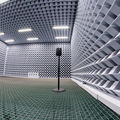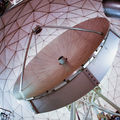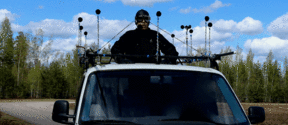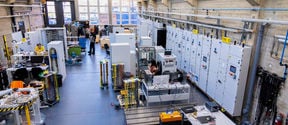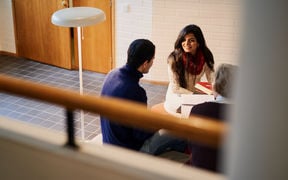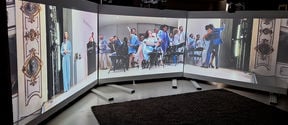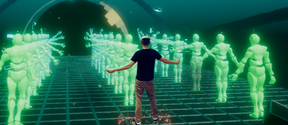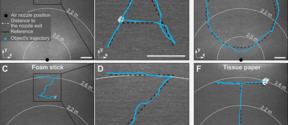Aalto Acoustics Lab
The Aalto Acoustics Lab is a multidisciplinary research center focusing on audio processing and spatial sound technologies. The laboratory gathers professors and research teams from three different units: Department of Information and Communications Engineering, Department of Computer Science, and Department of Art and Media.

